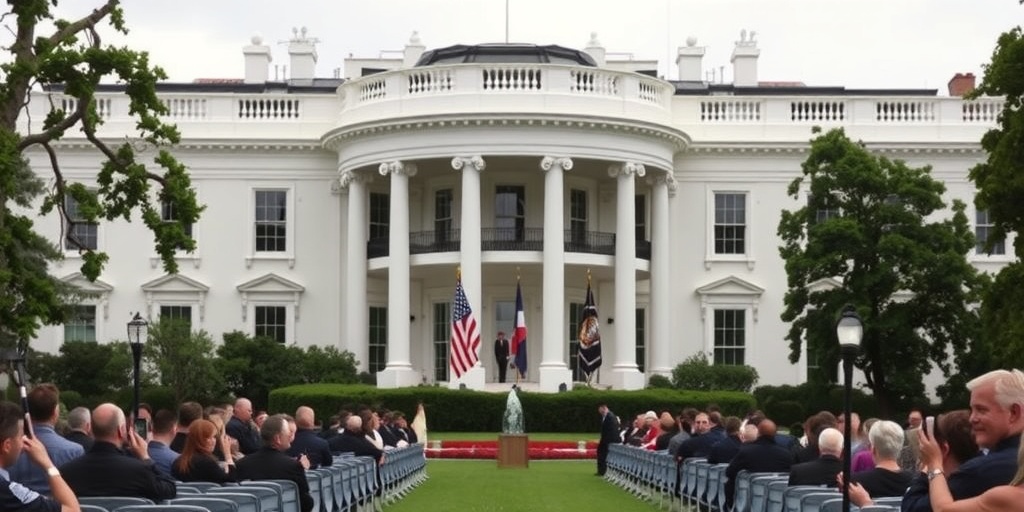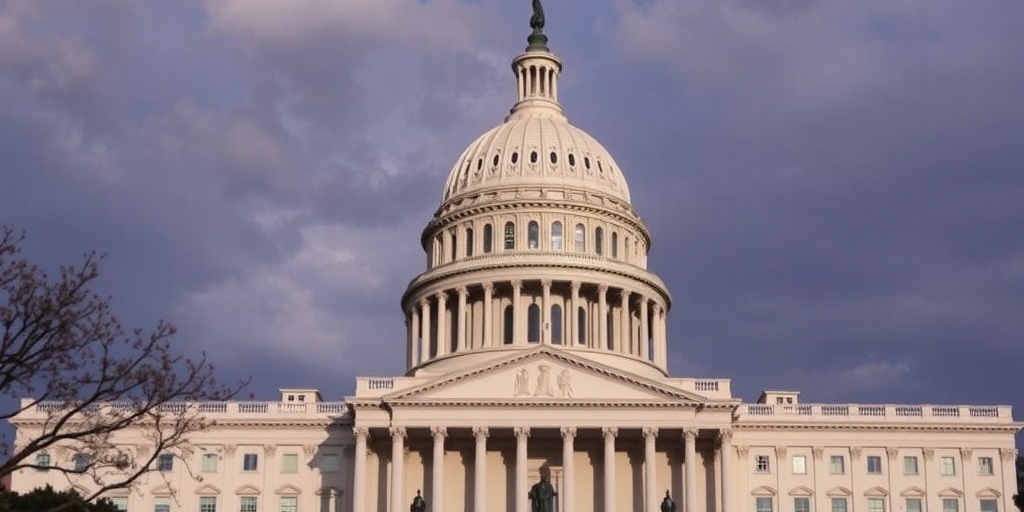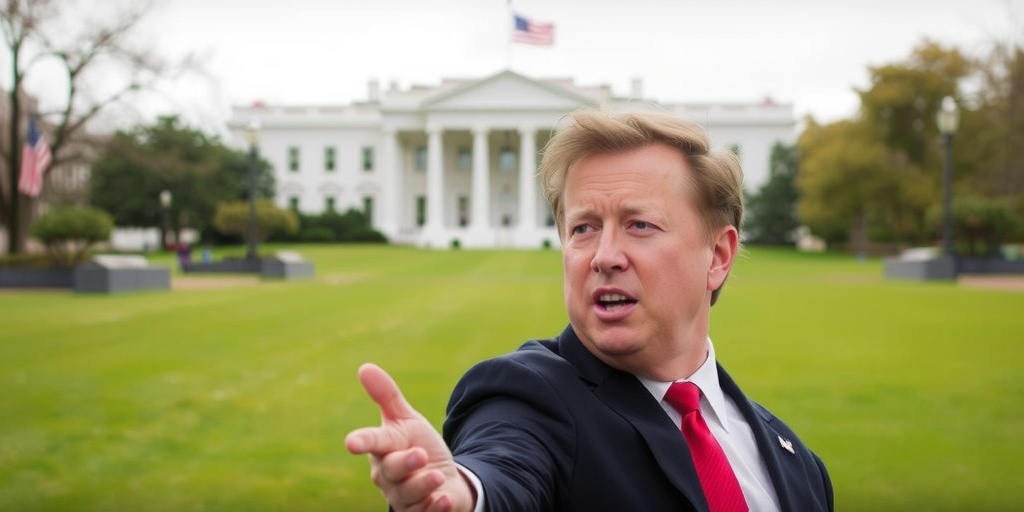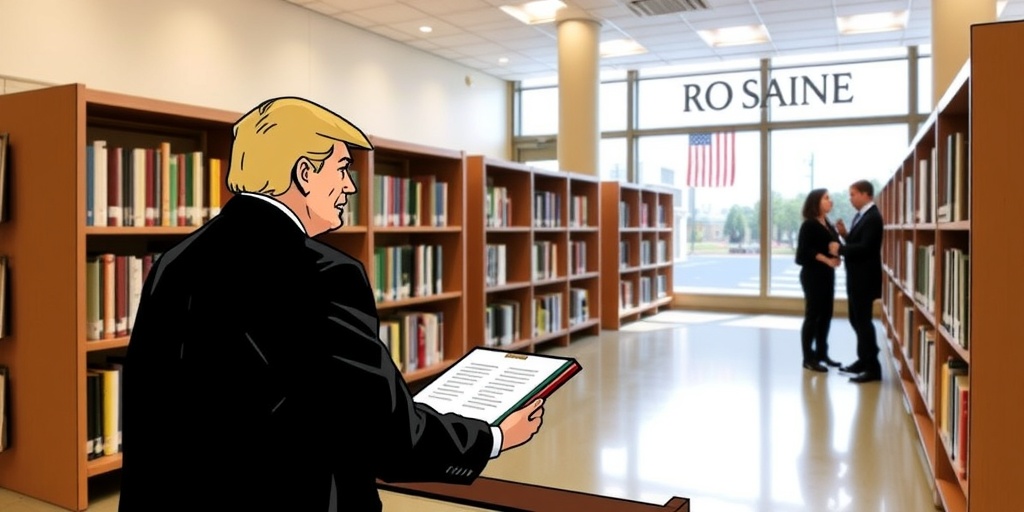Now Reading: White House Alters Reporters’ Seating Chart, Heightening Tensions
-
01
White House Alters Reporters’ Seating Chart, Heightening Tensions
White House Alters Reporters’ Seating Chart, Heightening Tensions

Tensions Escalate Between Trump Administration and White House Press Corps Over Seating Arrangements
Relations between the Trump administration and the White House press corps took a nosedive on Monday as journalists vocally resisted new plans aimed at altering their working conditions in the West Wing. The latest flashpoint arose when the administration expressed its intention to reconsider who controls the seating arrangements in the James S. Brady Press Briefing Room—a longstanding prerogative of the White House Correspondents’ Association (WHCA), which represents nearly 900 journalists covering the presidency and its activities.
Seating placement within the briefing room has both symbolic and practical implications; the seat a reporter occupies can influence the visibility and salience of their outlet, with journalists sitting in the front rows often receiving more attention from the press secretary during the live televised briefings. The WHCA board vocally criticized the administration’s move, suggesting it was an effort to apply pressure on the press over aspects of coverage that the administration finds unfavorable.
In a communicated note to its members, the board called upon the White House to "abandon this wrongheaded effort" and demonstrate to the American public that they were open to engaging with an independent media landscape, free from the hand of government interference. The proposed changes to seating arrangements signify yet another intrusion by the Trump aides into the journalism landscape, with previous reports indicating that White House officials already selectively determine which news organizations are included in the presidential press pool. This practice has effectively barred certain journalists, particularly from the Associated Press, from attending specific events.
The briefing room itself is notoriously cramped, situated above a former swimming pool, creating a space where reporters often jostle for positions—sometimes squeezed into tight nooks—in the hope of asking pressing questions during often high-stakes televised briefings. Recent reports, notably from Axios, highlighted the administration’s plans to reorganize the seating chart, which accommodates 49 permanent seats.
White House Press Secretary Karoline Leavitt framed the administration’s plans as an initiative to welcome contributions from "new media" outlets. This includes a range of formats such as podcasters, right-wing talk-show hosts, and streaming services. In an interview on Fox News, Leavitt argued, “It is fundamentally unfair that a group of D.C.-based elitist journalists get to choose who gets to cover the president of the United States,” pointing to the evolution of media coverage over the decades as the rationale for such a shift.
The WHCA’s membership comprises a diverse mix of both large and small news organizations, and they have historically reassigned press room seats—typically redistributing positions in the back rows to journalists from newer, less-established media outlets. However, prime seating has remained reserved for significant, established media that prioritize a nonpartisan approach in their reporting.
In their statement, the board emphasized the importance of informative coverage, saying, “For the public to get the information it needs to understand and make decisions about the most powerful office in the world, it needs news produced by experienced, professional journalists who ask tough questions and produce fair coverage.” In stark contrast, the White House communications director, Steven Cheung, took to social media to disparage the association’s president as “stupid.”
This ongoing friction highlights a historical divergence in how press access has been handled under the Trump administration compared to previous presidents of both parties, who typically let the press corps autonomously manage access and seating arrangements. Conservative-leaning outlets like Breitbart News have frequently criticized the WHCA for having too much influence over which reporters receive priority access to the president and his press secretary.
Despite arguments for increasing diversity in media representation, many of these new media players—such as podcasters and influencers—typically lack the resources necessary to maintain regular coverage of the president’s daily activities, which often entails significant expenses and labor-intensive transcription work.
These conflicts have also spilled into other areas, as seen in the recent discord surrounding this year’s annual dinner for the WHCA. Historically, this event has served as an opportunity for camaraderie among the press and the president, yet this collegial atmosphere has deteriorated since Trump’s initial term in office. Leavitt publicly declared her decision not to attend the upcoming dinner on April 26, and the WHCA made headlines by canceling a planned performance by comedian Amber Ruffin, following her comments deriding Trump officials, remarking they were “kind of a bunch of murderers.”
Amid these escalating tensions, the Trump administration is reportedly contemplating hosting a rival event on the night of the WHCA dinner, extending invitations to reporters from various new media outlets, thereby inviting a wider sector of media beyond traditional journalism. This development further underscores the Trump administration’s commitment to reshaping media relationships and dynamics in favor of a more diversified press narrative.
Stay Informed With the Latest & Most Important News
Previous Post
Next Post
-
 01New technology breakthrough has everyone talking right now
01New technology breakthrough has everyone talking right now -
 02Unbelievable life hack everyone needs to try today
02Unbelievable life hack everyone needs to try today -
 03Fascinating discovery found buried deep beneath the ocean
03Fascinating discovery found buried deep beneath the ocean -
 04Man invents genius device that solves everyday problems
04Man invents genius device that solves everyday problems -
 05Shocking discovery that changes what we know forever
05Shocking discovery that changes what we know forever -
 06Internet goes wild over celebrity’s unexpected fashion choice
06Internet goes wild over celebrity’s unexpected fashion choice -
 07Rare animal sighting stuns scientists and wildlife lovers
07Rare animal sighting stuns scientists and wildlife lovers





















